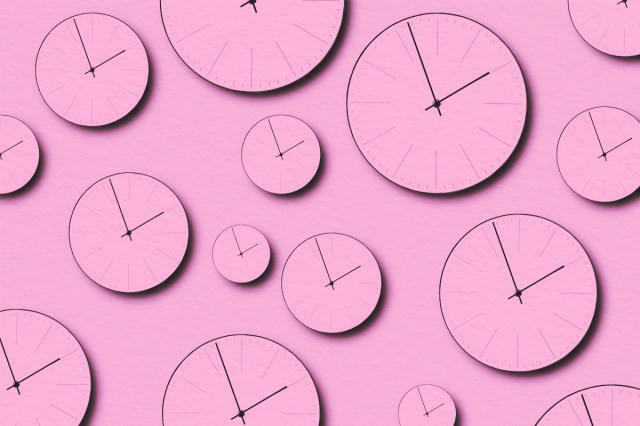Why Babies in Medieval Paintings Look So Weird
Spend any time gazing at medieval European paintings, and one question tends to emerge: What is going on with those babies? Far from the sweet, chubby cherubs we might expect to see, these infants often resemble balding middle-aged men, complete with wrinkled foreheads and dour expressions. What could possibly explain this bizarre artistic choice? To understand, we have to dive into how European art — and the perception of children — evolved from the Middle Ages to the Renaissance.

Religion Influenced Art
The unsettling “man-baby” of medieval art wasn’t a mistake or the result of a lack of skill. These depictions were intentional, shaped by artistic and religious ideas of the Middle Ages (roughly defined as between the fifth century and 13th century). Chief among these ideas was the concept of the homunculus, Latin for “little man,” which influenced how artists portrayed Jesus Christ as an infant. In many medieval works, baby Jesus appears with a full adult face, sometimes even showing signs of male-pattern baldness. The idea was that Jesus, being divine, was fully formed and unchanged from birth (a notion referred to as “the homuncular Jesus”). This theological concept seeped into broader portrayals of children, especially since the majority of child depictions in medieval art were religious commissions — portraits of Jesus or the occasional saintly infant.
As a result, artistic conventions leaned heavily toward depicting children as miniature adults. There was little interest in anatomical accuracy or realism. Instead, medieval artists followed established norms that prioritized symbolic meaning and spiritual messaging over lifelike representation. These conventions flattened individuality; adults and children often looked similarly stylized.
It also didn’t help that painters in this period lacked full artistic freedom. Many were working within strict church guidelines or copying earlier models, so even if they had wanted to create more accurate depictions, they weren’t supposed to do so. This lack of realism means that children in medieval paintings are often difficult to recognize as such. Some appeared disproportionately large or small, while others simply looked like shrunken grown-ups.

















